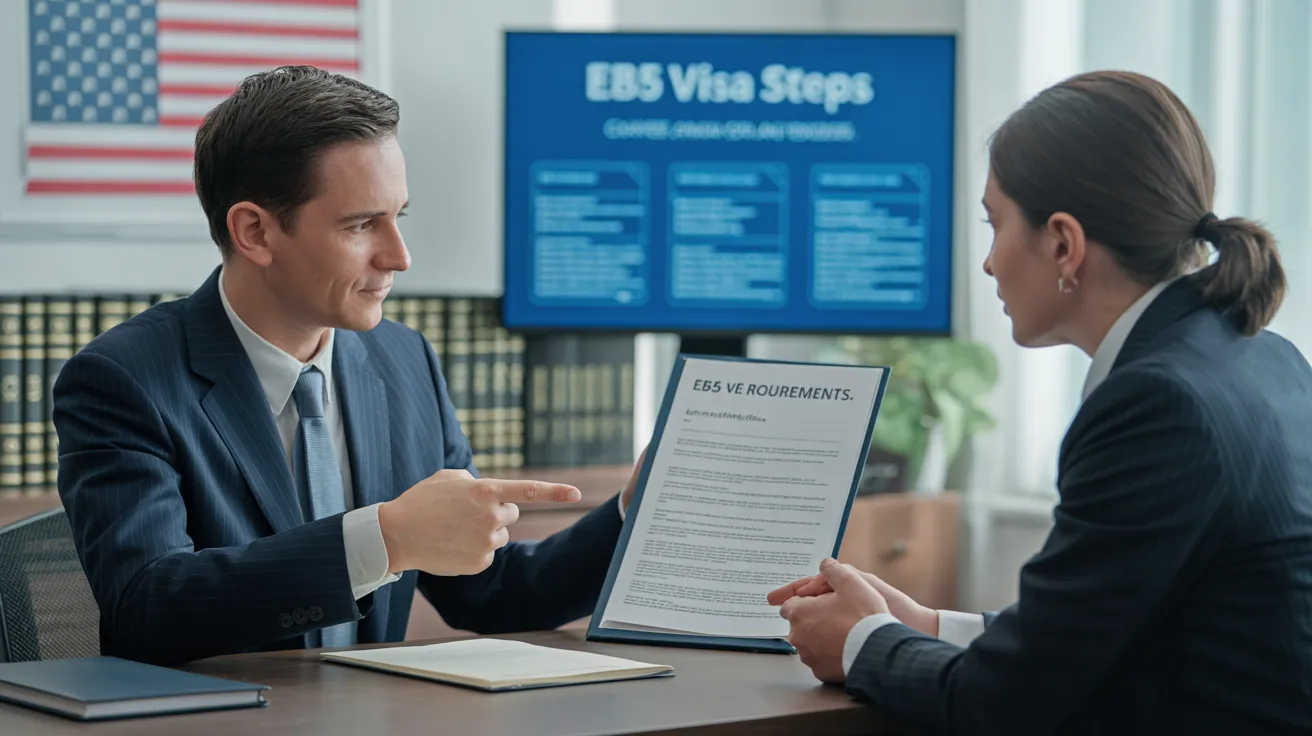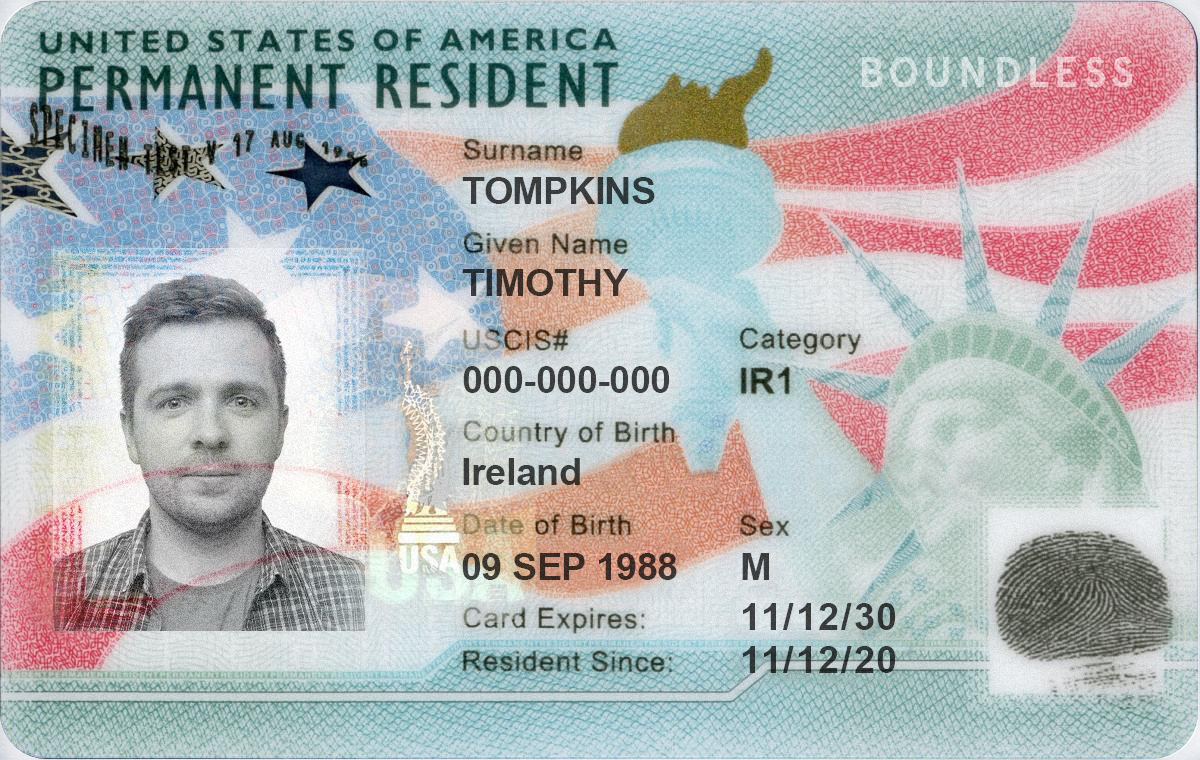L1 Visa Fundamentals Explained
Table of ContentsThe 20-Second Trick For L1 VisaIndicators on L1 Visa You Should KnowSome Of L1 VisaL1 Visa Can Be Fun For AnyoneGetting The L1 copyright WorkGetting The L1 copyright Work
Readily Available from ProQuest Dissertations & Theses International; Social Science Premium Collection. DHS Office of the Assessor General. Obtained 2023-03-26.
United State Department of State. Retrieved 2023-02-08. Tamen, Joan Fleischer (August 10, 2013).
L1 Visa - Questions
In order to be eligible for the L-1 visa, the foreign firm abroad where the Beneficiary was used and the United state firm must have a certifying relationship at the time of the transfer. The various kinds of qualifying partnerships are: 1.
Instance 1: Firm A is incorporated in France and utilizes the Beneficiary. Company B is included in the united state and desires to request the Beneficiary. Firm A has 100% of the shares of Business B.Company A is the Moms And Dad and Business B is a subsidiary. Consequently there is a certifying connection between the 2 firms and Company B must be able to fund the Beneficiary.
Example 2: Business A is integrated in the united state and intends to petition the Recipient. Firm B is included in Indonesia and employs the Recipient. Firm A possesses 40% of Business B. The continuing to be 60% is possessed and regulated by Business C, which has no connection to Firm A.Since Firm A and B do not have a parent-subsidiary partnership, Business A can not sponsor the Recipient for L-1.
Example 3: Company A is integrated in the U.S. and wishes to request the Recipient. Company B is incorporated in Indonesia and employs the Beneficiary. Business A has 40% of Company B. The remaining 60% is owned by Business C, which has no connection to Company A. Nonetheless, Company A, by official contract, controls and complete handles Business B.Since Company An owns less than 50% of Company B but manages and regulates the firm, there is a qualifying parent-subsidiary connection and Firm A can fund the Recipient for L-1.
Facts About L1 Visa Revealed
Company B is included in the United state
L1 Visa Things To Know Before You Get This

The L-1 visa is an employment-based visa group developed by Congress in 1970, enabling multinational business to move their managers, execs, or crucial employees to their united state operations. It is typically described as the intracompany transferee visa. There are 2 main kinds of L-1 visas: L-1A and L-1B. These types appropriate for workers worked with in different placements within a business.

In addition, the recipient has to have functioned in a managerial, exec, contact us or specialized worker placement for one year within the 3 years preceding the L-1A application in the foreign company. For brand-new workplace applications, foreign employment must have remained in a supervisory or executive capacity if the recipient is pertaining to the United States to work as a manager or executive.
Not known Facts About L1 Visa

If approved for a united state firm functional for greater than one year, the first L-1B visa is for as much as three years and can be extended for an additional two years (L1 Visa). Conversely, if the U.S. business is recently developed or has been operational for less than one year, the first L-1B visa is provided for one year, with extensions offered in two-year increments
The L-1 visa is an employment-based visa classification established by Congress in 1970, enabling multinational business to transfer their contact us supervisors, execs, or essential personnel to their United state operations. It is frequently referred to as the intracompany transferee visa.
The 8-Minute Rule for L1 Visa
Furthermore, the recipient needs to have operated in a managerial, exec, or specialized staff member placement for one year within the three years coming before the L-1A application in the international company. For new office applications, foreign employment should have been in a supervisory or executive capacity if the recipient is coming to the USA to work as a supervisor or executive.
for approximately seven years to look after the procedures of the united state associate as an exec or supervisor. If issued for a united state business that has been functional for more than one year, the L-1A visa is at first granted for as much as 3 years and can be expanded L1 Visa attorney in two-year increments.
If approved for an U.S. firm functional for even more than one year, the preliminary L-1B visa is for up to 3 years and can be expanded for an additional two years. Alternatively, if the U.S. business is newly established or has actually been functional for less than one year, the initial L-1B visa is issued for one year, with extensions offered in two-year increments.